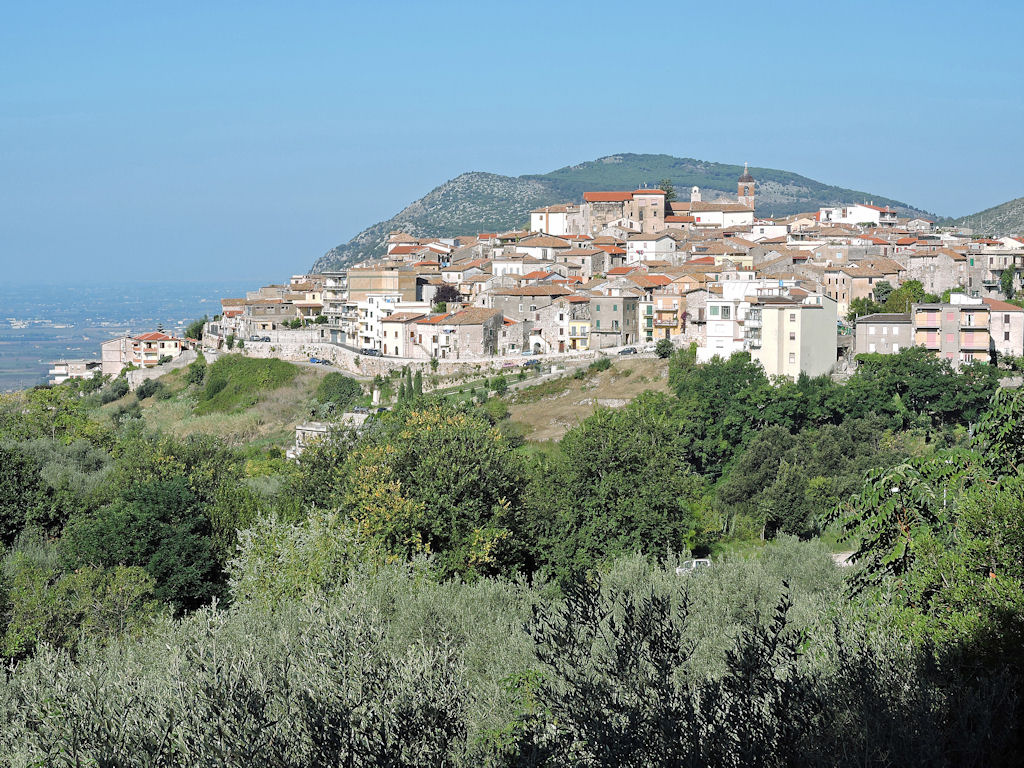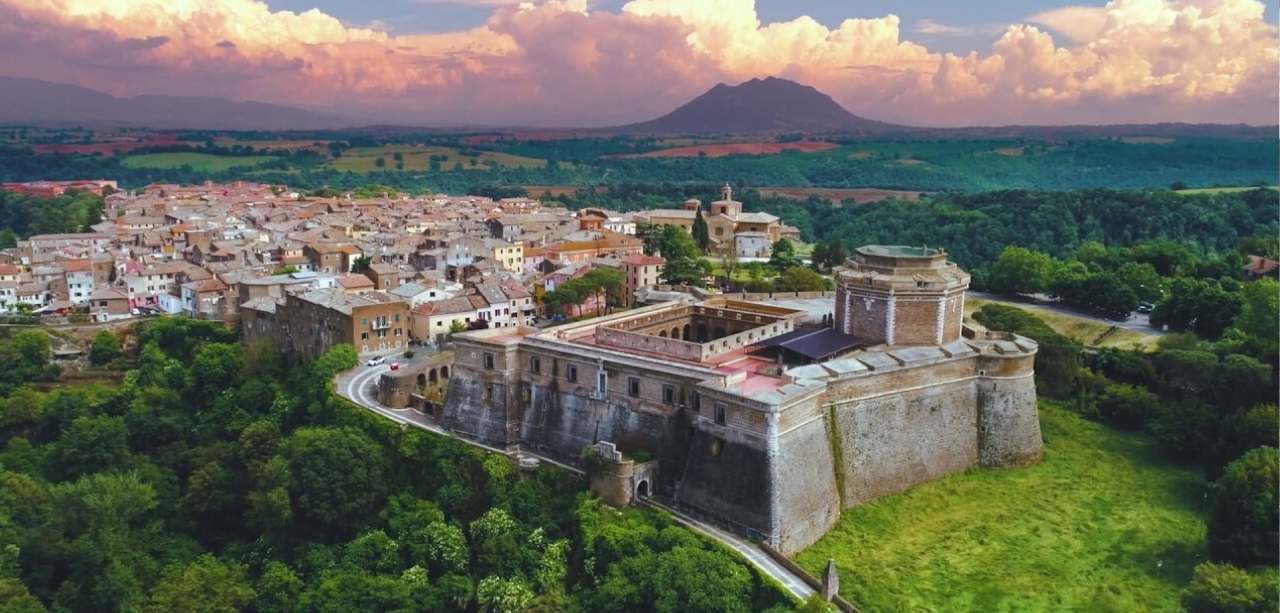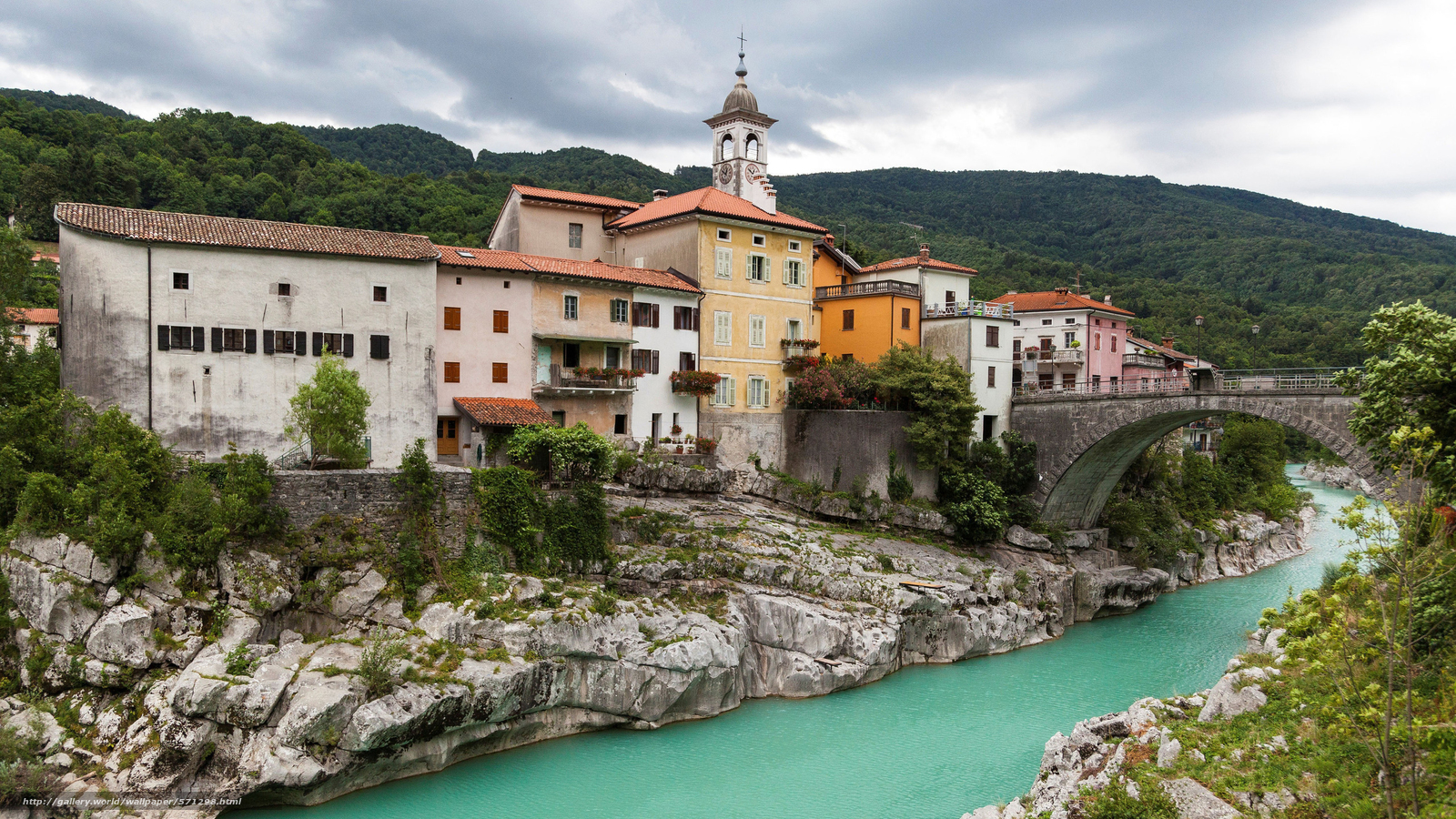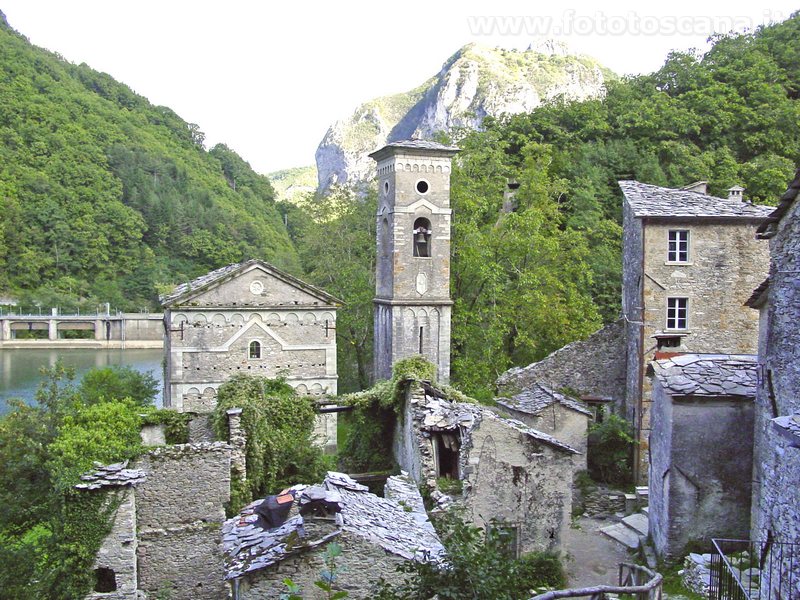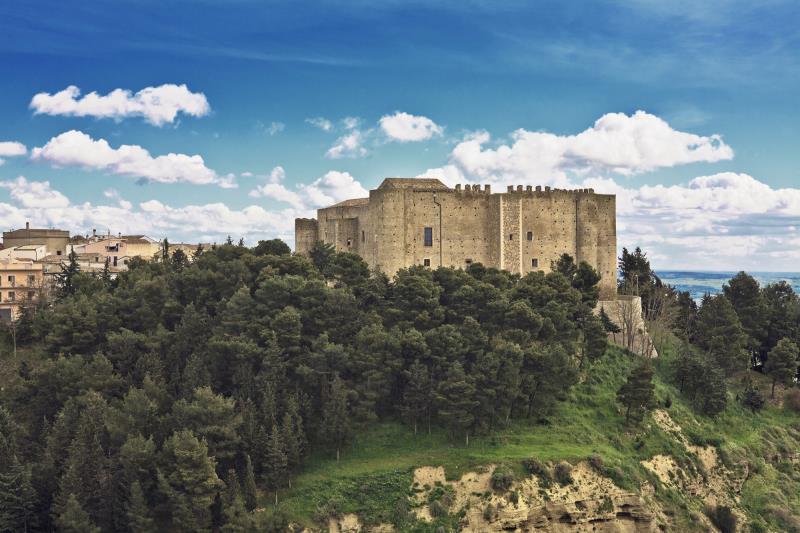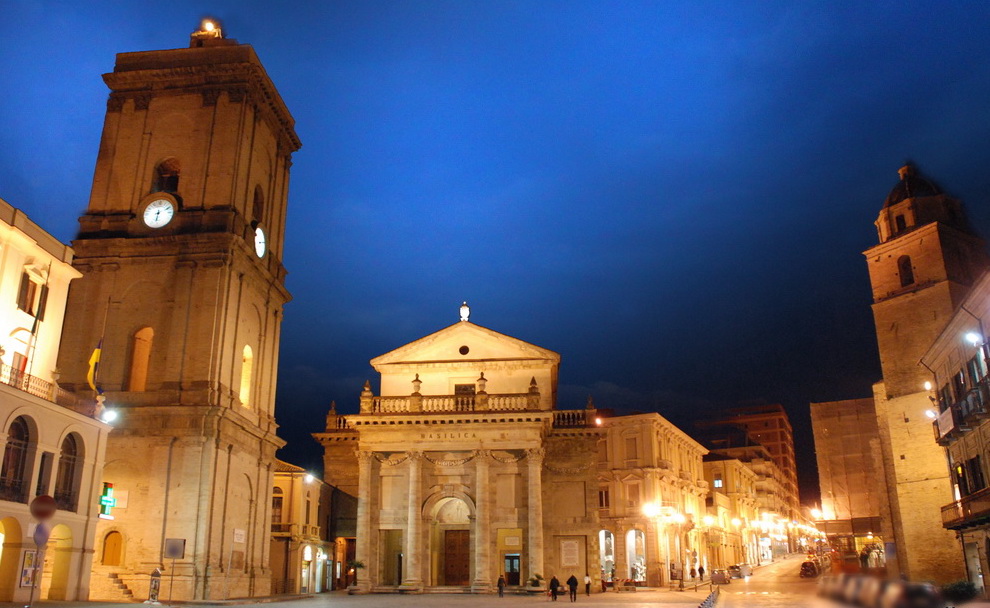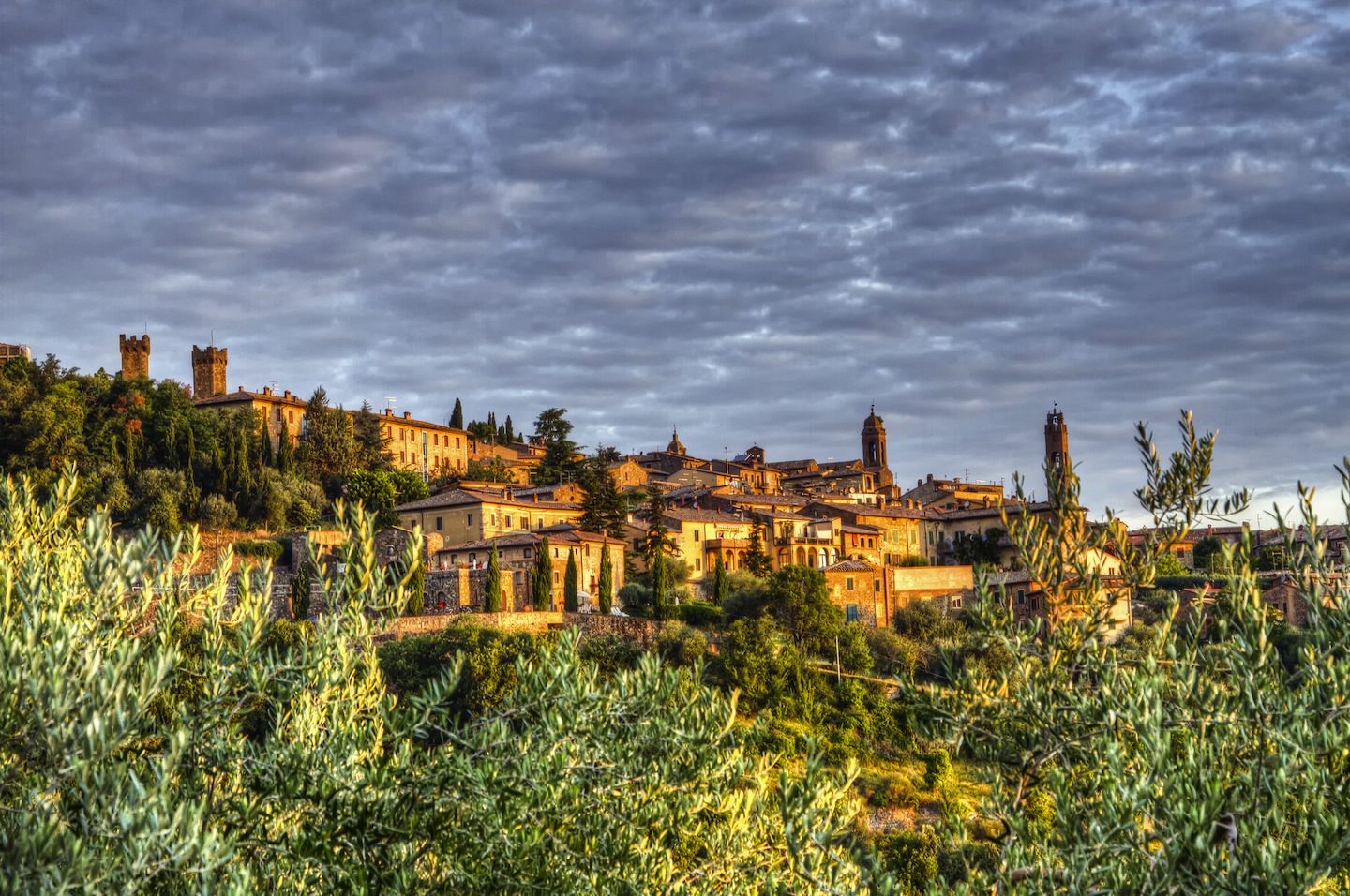According to legend, the mythical founder of the city was Hercules, who arrived in Sezze after defeating the Lestrigonians, a population supposedly settled in lower Latium, and conjoined with a local virgin, giving birth to Faustus, a minor hero recorded in the apocryphal poetry of the epic cycle.
The city’s coat of arms depicts the Nemean lion, whose skin Hercules sported, holding a cornucopia filled with fruit, with around it the Latin inscription SETIA PLENA BONIS GERIT ALBI SIGNA LEONIS ("Sezze full of goods bears the insignia of the white lion").
It was probably a Latin city, later coming under the direct rule of Rome, which dedicated a colony there in 382 BC as part of the defense of the territory against the Volscians. In 340 BC it participated in the Latin revolt that ended in the Battle of Triphanus. During the civil war between Marius and Sulla it was conquered by Sulla in 82 BC. It was later an agricultural center and the site of several villas, mentioned by the poets Martial and Juvenal for its wine.
During the early Middle Ages it survived because of its fortified position and in 956 it was organized as a free commune. Starting around 1046 the work of the Benedictine monk Lidanus d’Antena (1026-1118), who built the monastery of St. Cecilia and provided for the reclamation of the surrounding territory, is noteworthy: after his death he was canonized and elected patron of the town and diocese. Popes Gregory VII (1073), Paschal II (1116) and Lucius III (1182) resided briefly in Sezze during this period. It often found itself in conflict with neighboring municipalities (Carpineto, Bassiano, Priverno and Sermoneta). In 1381 it passed into the power of the Caetani family, which was driven out of it by a revolt twelve years later.
In 1656 the population was greatly affected by the plague and raids by Spaniards and Austrians. In 1690 the "Scientific Literary Academy of the Abbozzati" was founded there.
During the Napoleonic occupation, beginning in 1798, the population drove out the French garrison.
